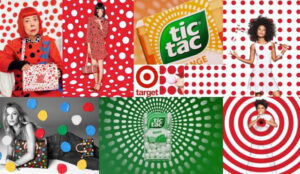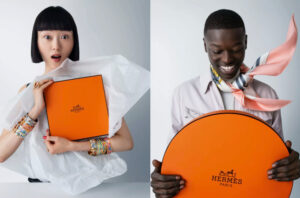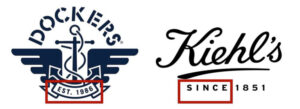How second-hand platforms become real enabler brands that urge consumers to change in a positive and emotional way
While Vinted has just become profitable for the first time in its history, the second-hand market has never been so popular in France.
What do Vinted, Le Bon Coin, Vestiaire Collective, and Selency have in common? They are “enabler” brands, helping consumers to change their deep-seated consumption habits.
How do they do this?
👉 Through simple and positive injunctions that encourage consumers to question their habits, and thus change them
· Le Bon Coin and its ultra-colourful, positive campaign for its real estate branch, as well as its “L’avenir a du bon” platform celebrating good times spent together
· Vinted and its famous “You don’t wear it, sell it” and “You have a choice” campaigns
· Vestiaire Collective and its “Think first, buy second” educational message, encouraging consumers to think twice before they buy something new.
👉 Through emotion
· Selency and its advertising campaign featuring personal stories about a piece of furniture or an object that brings back memories.
As we all know, people only change their habits if they’re touched, encouraged, moved and convinced. This is exactly what these platforms do in their brand communications. By bringing positivity and emotions, they lead consumers towards a completely new culture, the culture of second-hand or “pre-loved”, to stay on a positive and emotional note 😉




